Causes of contamination of ion exchange resins
- Categories:News
- Author:
- Origin:
- Time of issue:2021-03-19
- Views:0
(Summary description)To prevent the ion exchange resin from being polluted, the following aspects should be done:
do a good job in pretreatment. This is one of the important measures to prevent contamination of ion exchange resins. The correct selection and use of coagulants is very important for good pretreatment. In order to remove organic matter in water, aluminum salt as coagulant is more effective than iron salt as coagulant. Determine the best conditions for coagulation through experiments, operate strictly, and prevent the "backward movement" of iron and aluminum ions in the coagulant, resulting in the pollution of resins, especially cation exchange resins.
Causes of contamination of ion exchange resins
(Summary description)To prevent the ion exchange resin from being polluted, the following aspects should be done:
do a good job in pretreatment. This is one of the important measures to prevent contamination of ion exchange resins. The correct selection and use of coagulants is very important for good pretreatment. In order to remove organic matter in water, aluminum salt as coagulant is more effective than iron salt as coagulant. Determine the best conditions for coagulation through experiments, operate strictly, and prevent the "backward movement" of iron and aluminum ions in the coagulant, resulting in the pollution of resins, especially cation exchange resins.
- Categories:News
- Author:
- Origin:
- Time of issue:2021-03-19
- Views:0
To prevent the ion exchange resin from being polluted, the following aspects should be done:
do a good job in pretreatment. This is one of the important measures to prevent contamination of ion exchange resins. The correct selection and use of coagulants is very important for good pretreatment. In order to remove organic matter in water, aluminum salt as coagulant is more effective than iron salt as coagulant. Determine the best conditions for coagulation through experiments, operate strictly, and prevent the "backward movement" of iron and aluminum ions in the coagulant, resulting in the pollution of resins, especially cation exchange resins.
What are the reasons for the contamination of ion exchange resins ?
The reasons for resin contamination are generally as follows:
①Organic pollution.
Organic matter is the main impurity that contaminates ion exchange resins, especially strong basic anion resins. The molecular weight of organic matter is generally larger, especially humic acid, which pollutes the resin in two main forms. One is the combination of the carboxyl group of the organic substance and the active group of the resin; the other is that the organic substance is adsorbed on the ion exchange resin by the attraction between molecules. The contamination of the resin by organic matter will reduce its ion exchange capacity.
② oil pollution.
Oil impurities can block the micropores of the ion exchange resin, so that the active groups in these micropores cannot perform ion exchange, thereby reducing the working exchange capacity of the resin. The source of oil quality is mostly caused by careless operation or oil leakage of equipment.
③ Suspended matter pollution.
The particles of suspended solids in the water will surround the particle surface of the ion exchange resin, thereby isolating the ion exchange process of the resin and contaminating the resin. This kind of pollution is serious with cation bed resin.
④ Pollution caused by high-valent metal ions.
High-value metal ions will enter the exchange bed with the bed water due to improper coagulation treatment operation or equipment corrosion.
Due to the high exchange capacity between these high-valent metal ions and the resin, they are firmly adsorbed on the ion exchange resin, and are not easily "eluted" by regeneration, thus causing the resin to lose its exchange effect. The contamination of exchange resins by such high-valent metal ions is called "heavy metal poisoning" in some literatures.
⑤ Pollution caused by impure regenerant. If the regenerant is impure, there are many impurities (such as NaCl or iron compounds in sodium hydroxide), which will pollute the resin.
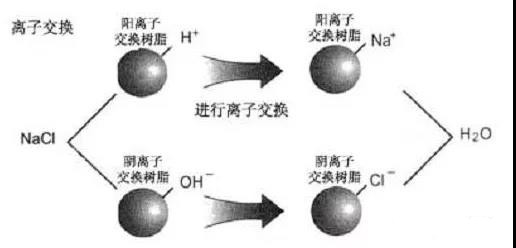
What happens when the ion exchange resin is contaminated ?
After the ion exchange resin is contaminated, the following phenomena usually occur:
The resin color changes. Usually from yellow to dark brown or black.
The exchange capacity of the resin decreased significantly. It is manifested that the amount of water produced in the exchange bed cycle is significantly reduced. Deterioration of effluent quality. It is manifested as a decrease in the pH value of the effluent, an increase in the conductivity, and a significant increase in the effluent volume of "leakage of sodium", "leakage of hard" and "leakage of silicon".
Regeneration unit consumption increased.
The cleaning time is prolonged, and the amount of cleaning water is increased.
How to prevent contamination of ion exchange resin ?
To prevent the ion exchange resin from being polluted, the following aspects should be done:
Do the preprocessing work. This is one of the important measures to prevent contamination of ion exchange resins. The correct selection and use of coagulants is very important for good pretreatment. In order to remove organic matter in water, aluminum salt as coagulant is more effective than iron salt as coagulant. Determine the best conditions for coagulation through experiments, operate strictly, and prevent the "backward movement" of iron and aluminum ions in the coagulant, resulting in the pollution of resins, especially cation exchange resins.
It is necessary to strictly control the amount of residual chlorine and turbidity in the water entering the cationic bed. To prevent the oxidation of residual chlorine on the resin.
Strengthen the management of regenerants. In addition to strict quality control when purchasing, management must be done well during transportation and storage. For example, the pipeline and storage container of the regenerant should be made of anti-corrosion materials, and the filtration and clarification of the regenerant should be done well before the bed.
For the compressed air that may come into contact with the resin, purification measures should be adopted, requiring no oil, no water, and oil-free compressors should be used as much as possible.
Scan the QR code to read on your phone
-- Recommend --












Shijiazhuang Tianwang Environmental Protection Technology Co., Ltd.
Shijiazhuang Tianwang Environmental Protection Technology Co., Ltd. is a high-tech enterprise specializing in the research and development, manufacturing and sales of water treatment equipment.
Contact information
Production address: No. 9, Fengchan Road, Economic and Technological Development Zone, Shijiazhuang City
Office Address: 25th Floor, Block C, No. 310 Changjiang Avenue, Shijiazhuang High-tech Development Zone
Contact number:
Copyright ©2022 Shijiazhuang Tianwang Environmental Protection Technology Co., Ltd. 冀ICP备13019843号-1 Powered by 300.cn SEO
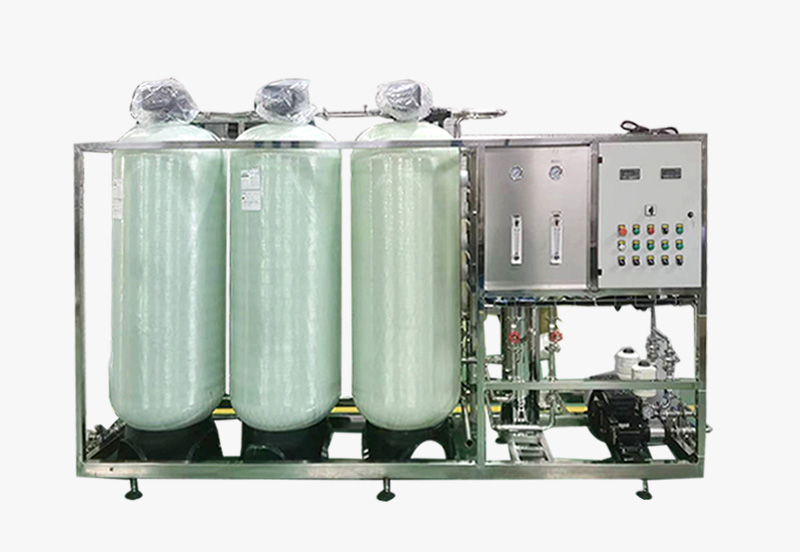
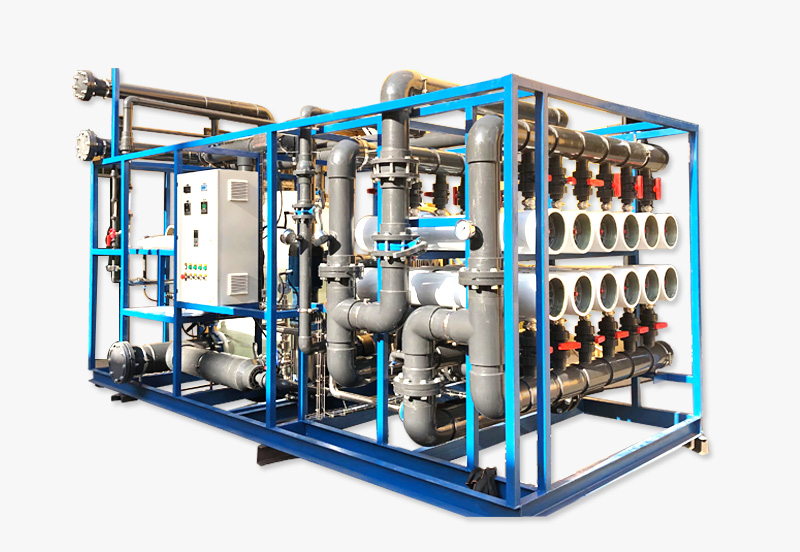
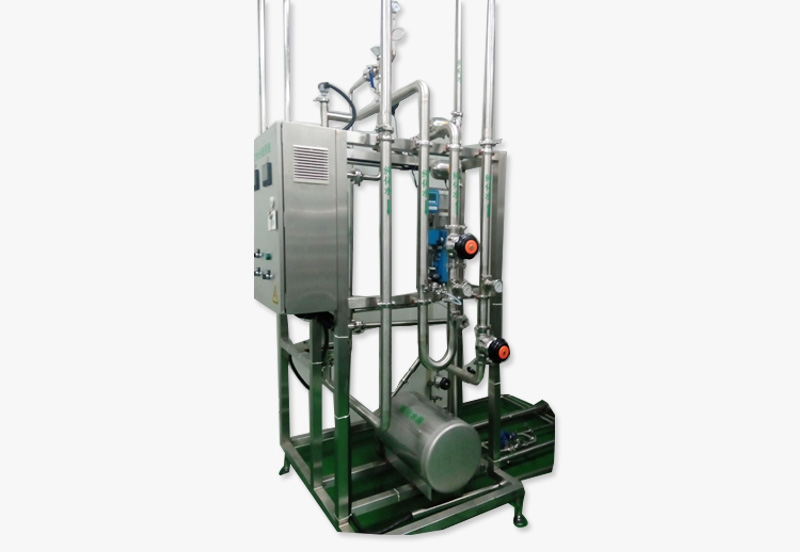
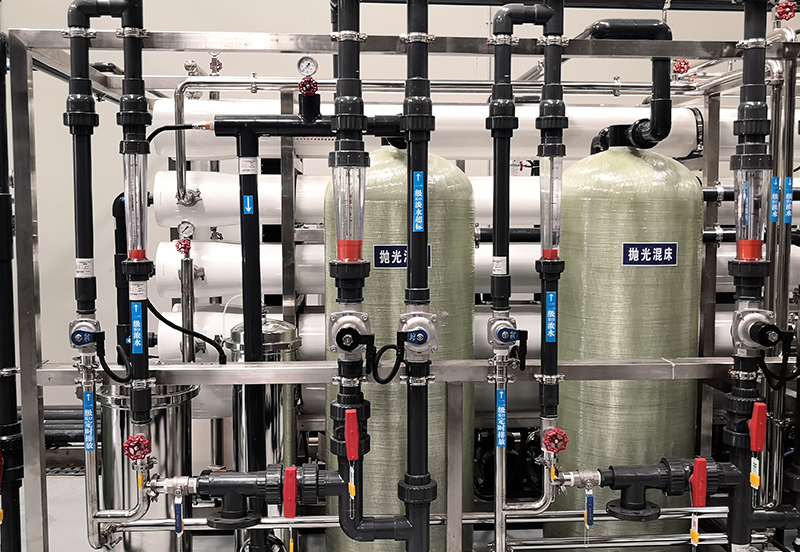
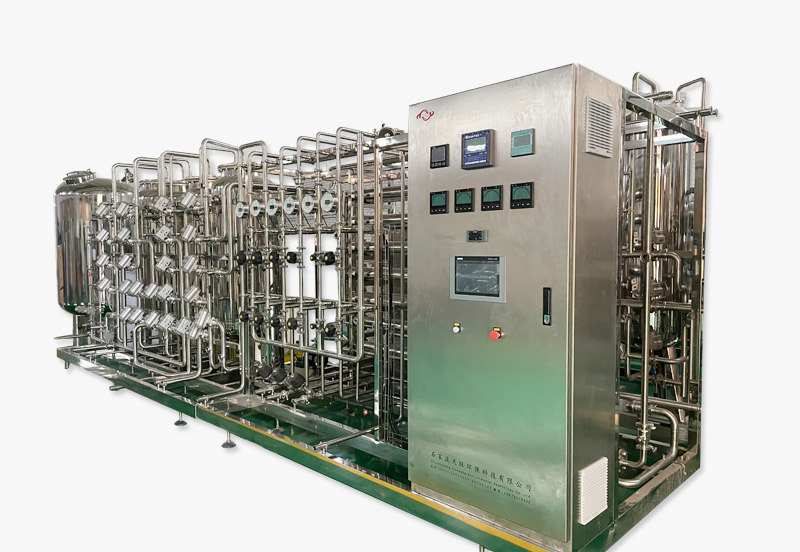
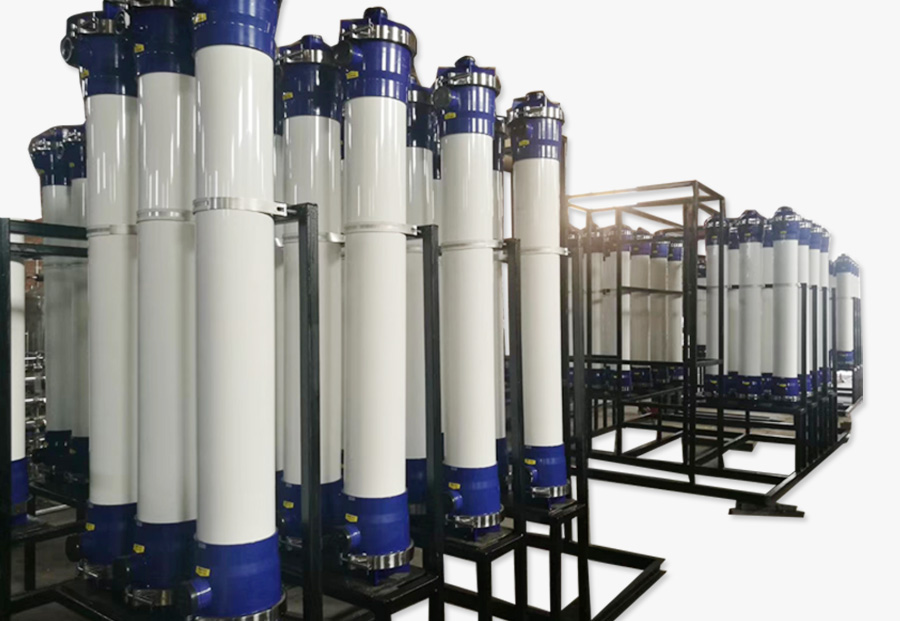

 0311-89272359
0311-89272359


 Message
Message
 Message
Message
